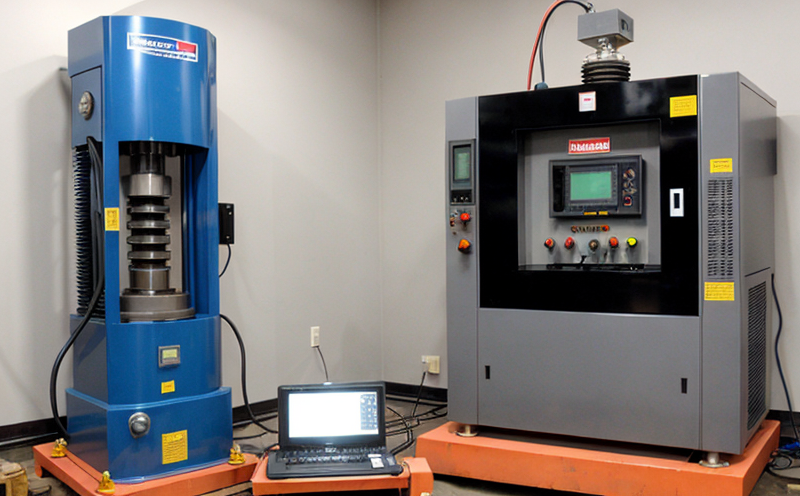ASTM E756 Vibration Damping Properties Testing
The ASTM E756 test method is a critical procedure utilized to evaluate the vibration damping properties of materials, particularly in electronics and mechanical components. This testing service assesses how effectively different materials dissipate vibrational energy into heat, which is crucial for ensuring reliability and durability under dynamic environments.
Vibration damping properties are vital in various sectors such as automotive, aerospace, and electronics manufacturing due to the significant impact vibrations can have on performance, lifespan, and safety. By utilizing ASTM E756 testing, manufacturers can ensure that their products meet stringent quality standards while optimizing design for enhanced performance under dynamic conditions.
The test method involves subjecting specimens of materials to controlled vibratory motion within specified frequency ranges (typically between 10 Hz and 2 kHz). The damping coefficient is then determined by measuring the energy dissipation per cycle. This information allows engineers and quality assurance teams to make informed decisions regarding material selection and component design.
One of the key advantages of ASTM E756 testing lies in its ability to provide insights into how different materials behave under real-world conditions, which is essential for optimizing designs that must withstand harsh environmental factors. Additionally, this service helps companies comply with industry regulations while also fostering innovation by enabling them to explore new materials and techniques.
For those involved in quality management or R&D engineering, understanding the specifics of ASTM E756 testing can be invaluable when developing strategies for improving product performance. By leveraging these tests early in the design process, organizations can identify potential issues before they become costly problems down the line.
Applied Standards
| Standard | Description |
|---|---|
| ASTM E756 | Determination of Vibration Damping Properties by Resonant Method. |
Industry Applications
- Aerospace and defense manufacturing for components subjected to extreme vibrations during flight or operation.
- Automotive industry to ensure durability of electronic systems in vehicles exposed to road shockwaves.
- Consumer electronics companies seeking to enhance product longevity by selecting materials that better dissipate vibrations.
Environmental and Sustainability Contributions
The results from ASTM E756 testing contribute significantly towards reducing waste and promoting sustainable practices within industries. By identifying materials with superior vibration damping properties, manufacturers can reduce the frequency of product recalls due to failures caused by improper handling or transport conditions.
Additionally, optimizing designs through these tests helps minimize energy consumption over the lifecycle of a product, thereby contributing positively to environmental conservation efforts. This approach supports broader sustainability goals without compromising on performance standards.





